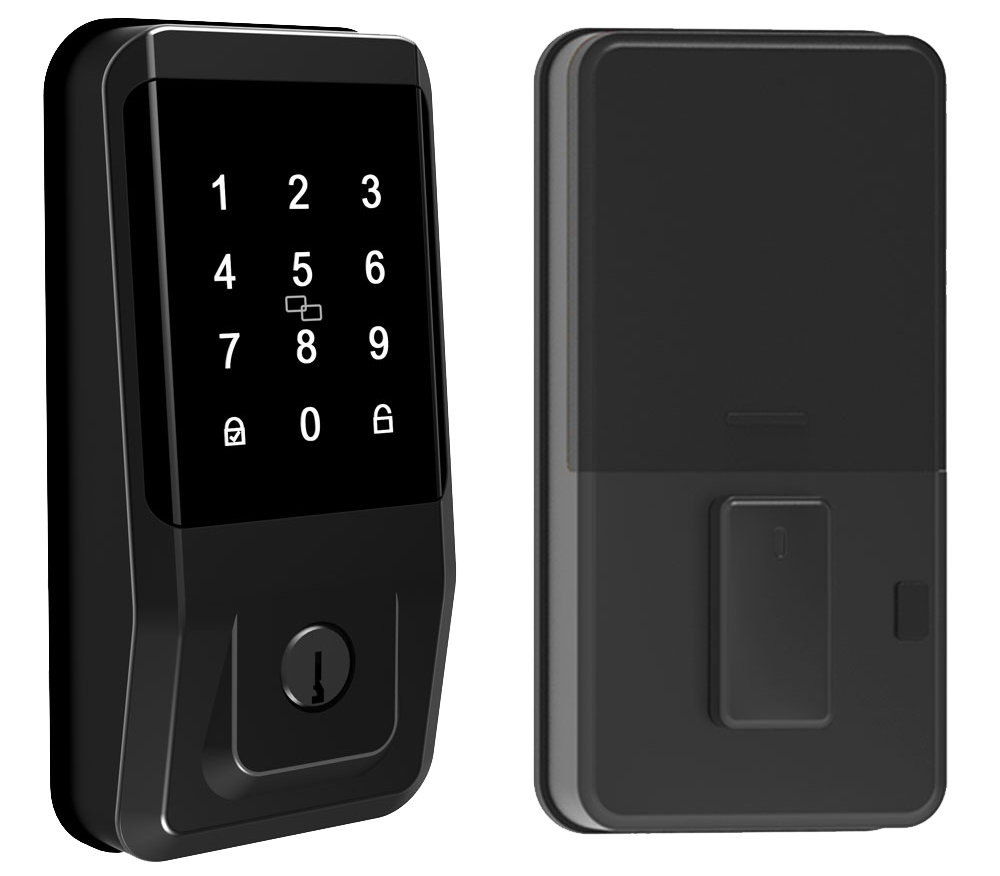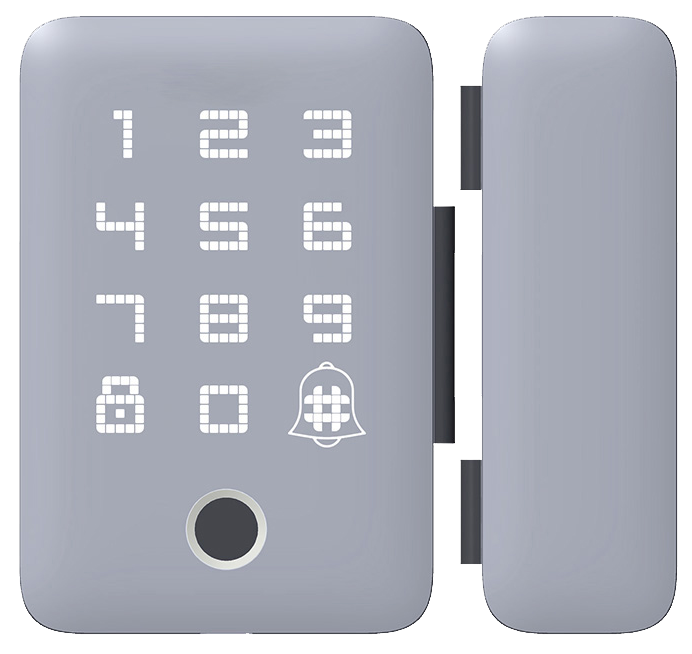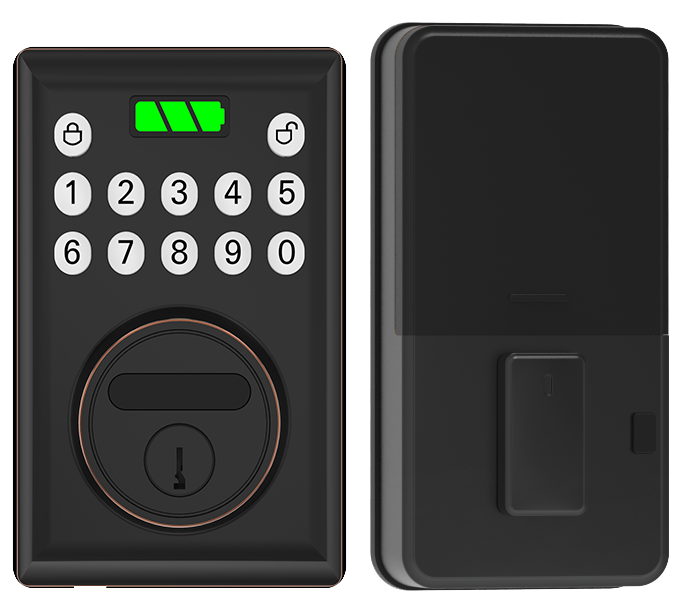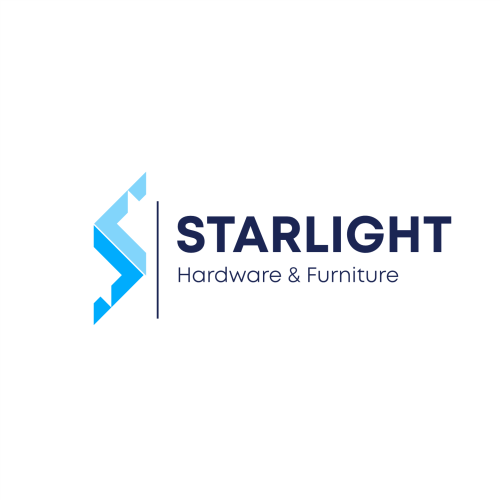Have you ever chased a bigger profit slice only to wonder if you just cracked your own network? Our smart lock market is rocketing – $2.43 billion in 2022 to almost $5 billion by 2028. Um, more margin isn’t always safer. It’s the fine line between thriving and watching your network fall apart.
In this post, we’ll untangle gross margin (revenue minus direct cost) and net margin (what’s left after all expenses). Think of it like examining a lock’s smooth metal cogs.
Then we’ll peek under cost components – manufacturing, shipping, even customer support. Each penny adds weight.
Next up, we’ll explore business models that keep margins robust and distributors confident. Want to know a secret? Auto-adjust pricing can feel like a soft LED glow that locks in profits.
By the end, you’ll know how to set clear benchmark margins and build a model that powers steady growth. Solid.
How Profit Margins Work in Smart Lock Distribution

First, distributors pick a gross margin (the slice of the sales price that covers production, shipping, and a cushion for channel fees). Crunching these numbers feels like pressing a crisp PIN-pad (that tactile click gives you confidence).
Here’s the math in everyday terms:
- Gross Margin = (Sales Price – Cost of Goods Sold (COGS, what you paid for the lock)) ÷ Sales Price × 100
- Net Margin = (Net Profit (what’s left after all bills)) ÷ Sales Price × 100
Most lock makers run on 10 – 20% margins, so distributors usually tack on a 30 – 40% markup over factory cost. That extra chunk covers warehouse space, freight charges, and a little marketing sizzle.
| Margin Type | Benchmark Range |
|---|---|
| Manufacturer Margin | 10 – 20% |
| Distributor Margin | 30 – 40% |
| Retailer Margin | 20 – 30% |
Distributor teams use margin benchmarks to avoid undercutting or overpricing. Think of it like checking your lock’s soft LED glow, it tells you everything’s in range.
Back to our profit story… With the global smart lock market at USD 2.43 billion in 2022 and growing about 15.4% a year toward USD 4.98 billion by 2028, keeping channel margins sharp is key.
Once your gross margin is set, move on to net margin target setting (profit after marketing, returns, and support). If you pin gross at 35%, aim for about 12 – 15% net. Want to know a secret? Reviewing actual sales data every quarter keeps you agile.
Solid.
Component Cost Breakdown and Supply Chain Cost Drivers for Smart Lock Distribution

Let’s take a closer look at what goes into each smart lock. We break the unit cost into clear slices. You see exactly where your money goes before it lands on the shelf.
| Cost Component | Percentage of Unit Cost |
|---|---|
| Electronics (PCBs (printed circuit boards) and sensors) | 40% |
| Mechanical hardware (gears and bolts) | 30% |
| Assembly labor | 15% |
| Packaging materials | 5% |
| Import duties & freight | 10% |
Raw material prices (metals and PCBs) can jump in a flash. And import tariffs plus shipping fees add more to the tab. Think of metal costs shooting up like a freight train. You need to keep an eye on those cost drivers every step of the way.
Inventory carrying costs (the extra cash tied up in stock) tack on another 8–12 percent per unit. Just-in-time ordering (ordering parts right before you need them) or Kanban slots (smart reorder spots) help cut that extra slice.
Packaging and shipping fees matter too. Use the right-sized box. Negotiate pallet rates. Maybe bundle shipments. Teaming up with a smart lock manufacturer China can trim both freight and duty fees. Then you deliver that smooth metal faceplate at a sharper price.
Profit Margins and Business Models in Smart Lock Distribution Thrive

The one-time sale model gets cash in hand fast. You ship a lock, the client pays a flat fee, and you hear that reassuring click on install. But once it’s locked in, revenue stops. Distributors usually tack on 30 to 40 percent over factory cost to cover their margins.
And there’s a neat add-on. Installation services run about $50 per job (think tightening screws and seeing a soft LED glow). A mid-sized team can pull in around $150K a year just from installs. Easy lift.
Cross-selling accessories adds another bump. Extra batteries, door sensors, or a smart hub, bundle them in and watch attach rates jump by about 30 percent. Simple.
Subscription models turn hardware into a steady income stream. Think hardware-as-a-service (HaaS) , clients pay $10 to $15 per lock each month for remote unlock, auto-lock schedules, and firmware updates. That builds 12 to 18 percent annual recurring revenue (ARR) growth.
Automating billing trims churn by around 20 percent. Those monthly reminders feel like friendly nudges, not pushy calls.
Maintenance plans keep cash flowing long after install day. Annual service contracts add about 15 percent more revenue per lock. You can include a yearly tune-up, firmware check, or emergency unlock. Accounts stay active, and so does your peace of mind.
Licensing deals let you earn royalties without a warehouse. License your smart-lock design to partners, and collect a cut for every unit they sell. Light touch. Passive income.
| Model | Key Benefit |
|---|---|
| One-Time Sale | Immediate cash, no recurring revenue |
| Installation Upsell | $50/job, ~$150K yearly for teams |
| Accessory Bundles | +30% attach rate |
| Subscription/HaaS | $10–15/unit/month, 12–18% ARR growth |
| Billing Automation | –20% churn |
| Maintenance Contracts | +15% annual revenue |
| Licensing Deals | Ongoing royalties |
Hotel Integrator Mini-Case
A mid-tier hotel chain swapped old deadbolts for smart locks in 200 rooms and signed up for HaaS. In the first year, they saw 16 percent ARR growth and held an 18 percent service margin. Guests now check in with a code, no front-desk line. Property managers track every door event on a clean dashboard. Smooth.
Optimizing Pricing Strategies and Preventing Margin Erosion in Smart Lock Distribution

The easiest way is cost-plus pricing. You take the factory cost, then add your markup. It’s like fitting a smooth metal faceplate, simple and reliable.
Our smart locks are CE certified after two decades of lab and field tests, reliability you feel in every reassuring click. Most distributors aim for a 30 to 40 percent margin over cost. Solid.
Value-based pricing focuses on what your end users really care about. Hmm, think about a homeowner who loves auto-lock schedules or remote unlock like a soft LED glow. Charge for those perks, and you’ll tug at their wallet without scaring them off.
Competitive benchmarking means checking rival prices every quarter. Spot a leaner deal on a similar model? Tweak your numbers so you’re never trailing behind. It’s like peeking over the fence, what else can I do better?
And don’t forget bundling. Pair a lock with a smart hub or security camera, and watch your average order value jump by 20 to 25 percent. Kind of like selling a full entry kit instead of just the lock.
Premium features demand premium pricing. A biometric fingerprint sensor (a reader that checks your unique fingertip pattern) or voice activation can earn you a 10 to 15 percent upcharge. Customers feel like they’re stepping into tomorrow with every command or scan.
We run customer surveys and field tests to spot pricing limits. Ask a property manager, “How high can we go before sticker shock?” Then mix that with secret-shopper audits. You catch margin erosion early, so you can tweak your messaging or replace lower-interest options.
Back to pricing: this simple playbook helps you lock in profits without turning off price-sensitive buyers. Exactly.
Distribution Channel Strategies and Incentive Programs for Smart Lock Distribution

Smart lock sellers have three main paths to market: direct sales to installers, a dealer network, or online resellers. Each route has its own reach, support needs, and profit share. We’ve seen installers prefer the face-to-face help, while online resellers love a lean setup.
Going direct-to-consumer (D2C) e-commerce (selling straight to buyers online) cuts out extra hands and can boost your net margin to about 20-25%. It’s like tightening a bolt, you cut steps and everything clicks. We’re proud to see our locks show a smooth metal faceplate in more homes this way.
Planning volume discounts helps you keep big buyers happy without slicing your profits too thin. Check out this sliding price scale:
| Order Size | Discount |
|---|---|
| 100 units | 5% |
| 500 units | 10% |
| 1,000 units | 15% |
It’s key that dealer networks thrive when you reward real wins. Common perks include:
| Perk | Description |
|---|---|
| Performance Rebates | 2-5% back based on quarterly targets |
| Co-op Marketing Funds | Shared money for local ad campaigns |
| Training Credits | Hours for technical workshops and webinars |
Drop-shipping (shipping straight from our factory or warehouse to the end customer) can trim inventory costs by around 10% and speed up delivery. Think of it like sending a letter direct from the printer to the mailbox. Hmm, that reminds me… it’s a game-changer for resellers who want a lean operation.
Granting exclusive distribution rights (territory protection or sole product lines) often means bigger orders and more marketing muscle from your partner. It’s a simple trade: security for commitment.
Partners sign in to a dedicated portal to place orders, track shipments, and grab support materials. They’ll find easy tools and clear docs. Interested in setting up your own network? Check out 3-in-1 smart lock distributor for a turnkey partner portal example.
Aligning your channel choices with clear incentives keeps partners motivated and your margins healthy. When everyone sees the perks, like better pricing, marketing help, or exclusive rights, it’ll drive the whole network to lock in tighter performance.
Actionable Recommendations for Maximizing Profit in Smart Lock Distribution

Smart-lock sales move fast. To keep your cash safe and your profits healthy, you need two simple tools: a rolling cash flow forecast and a real-time P&L (profit and loss) dashboard. Here’s how to set them up and keep them humming.
-
Pick your tools.
Start with a spreadsheet template for rolling cash flow forecasting (projecting cash in and out over time). Want a tip? Templates often come with sample lines already set up. Or choose a BI platform like Power BI or Tableau (tools that turn raw numbers into easy charts). -
Define your inputs.
Feed your model with sales orders and invoices so you’ll know exactly what cash is coming in. Add inventory levels from your ERP (your inventory software) for a clear stock picture. Then bring in tariff rates daily with a CSV export or an API feed (automatic data link). -
Set update frequencies.
Refresh your cash flow lines every week. Push P&L updates to your dashboard each day. And run a tariff-cost review once a month. Simple. -
Automate data feeds.
Link your inventory system to your spreadsheet with a connector or script. Pull tariff schedules into your model automatically. That way, you’ll see fresh numbers without extra work. -
Create a review checklist.
Weekly: import new data, update forecasts, and flag any big variances.
Daily: scan the dashboard for dips in SKU-level margins.
Quarterly: dive deep into tariff changes and your model assumptions. Trust me, you’ll stay on top.
Example snippet:
“Month, Starting Balance, Sales Cash In, Purchase Outflow, Tariff Costs, Ending Balance”
| Task | Tool | Inputs | Frequency |
|---|---|---|---|
| Rolling Cash Flow Forecast | Excel or Google Sheets | Order backlog, inventory value, tariff rates | Weekly |
| Real-Time P&L Dashboard | Power BI or Tableau (data visualization) | Sales, COGS (cost of goods sold), shipping fees | Daily |
| Tariff Monitoring | API script or CSV import | Tariff schedules, exchange rates | Monthly |
| Performance Check Rhythm | Workflow checklist | Update logs, variance reports | Quarterly |
Keep your models lean and tidy. Stick to your schedule and tweak inputs as costs shift. Solid.
Final Words
We dove right into how profit margins shape every move in lock distribution, from cost splits to pricing plans.
We explored margin benchmarks, dissected supply costs, mapped revenue streams, and shared bundle-up tactics.
By fine-tuning wholesale pricing, structuring channel incentives, and running lean inventory, you’ve got a clear roadmap.
Use these insights to sharpen Profit Margins and Business Models in Smart Lock Distribution.
Here’s to stronger margins and smoother growth ahead.
Solid.
FAQ
What profit margins and business models exist in smart lock distribution?
The profit margins and business models in smart lock distribution range from one-time sales with 10–20% manufacturing margins to subscription/HaaS models yielding 12–18% ARR growth, aftermarket services adding ~15% annual revenue, and licensing royalty streams.
Who is ASSA ABLOY and what’s their role in smart lock distribution?
ASSA ABLOY is a leading global lock maker offering CE-certified smart locks, broad B2B reseller partnerships, subscription services, and maintenance contracts, backed by two decades of testing in varied conditions.
What is the size of the smart door lock market?
The smart door lock market reached USD 2.43 billion in 2022 and is projected to grow to USD 4.98 billion by 2028 at a 15.4% CAGR, driven by rising home automation and security needs.



